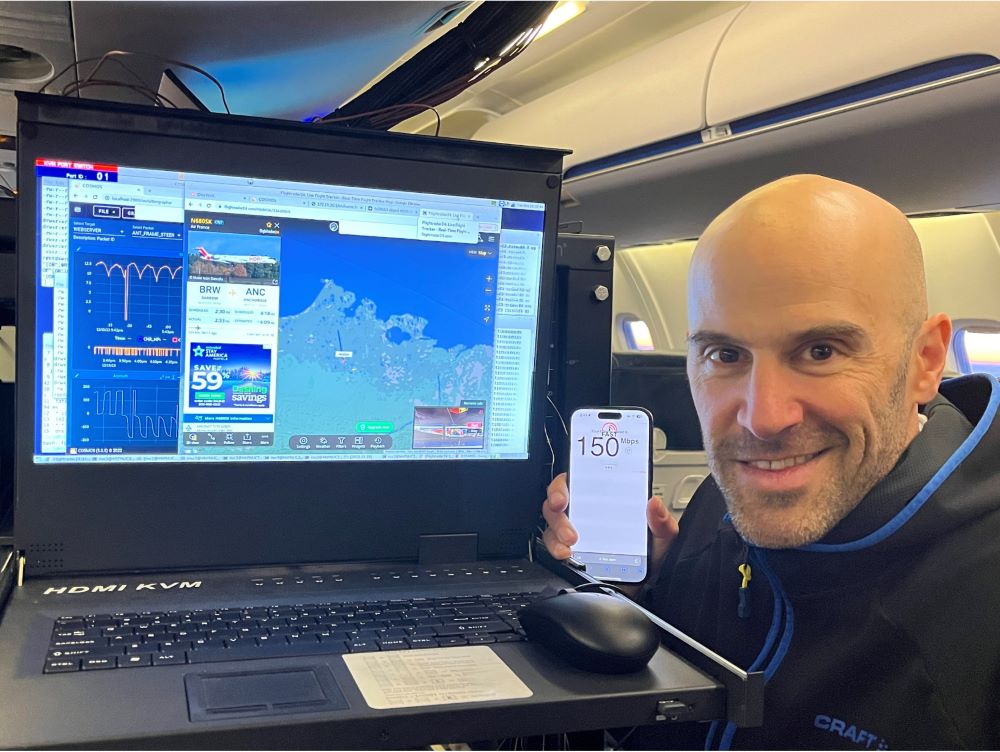Standalone terminals that can switch between satellites in geostationary and low Earth orbit (LEO) are about to get into customer hands for the first time, delivering a real-world test of multi-orbit broadband capabilities operators are increasingly pinning their businesses on.
Legacy geostationary operators have been busy drawing up acquisitions, partnerships, and new constellations to offer multi-orbit services, partly in response to competition from LEO-only heavyweight Starlink, but also to meet evolving connectivity needs in the air and other places terrestrial networks can’t reach.
LEO satellites can provide highspeed broadband at lower latency than spacecraft operating farther away in geostationary orbit (GEO). That’s important for video calls, gaming, and working with new virtual tools and applications hosted in the cloud.
Unlike their geostationary cousins fixed above the equator, LEO satellites can also cover the poles to keep airlines connected during international flights.
But geostationary satellites are better at delivering larger amounts of capacity to high-traffic areas, which is important for relieving congested hotspots in an increasingly connected world.
Meanwhile, medium Earth orbit (MEO) satellites operating between GEO and LEO offer a compromise in performance.
Operators with access to multiple orbits can offer customers greater flexibility and resiliency, and user terminals that can connect satellites across different orbital regimes are key to unlocking their potential.
SES was the first operator to commercialize a multi-orbit broadband network with satellites in MEO and GEO. User terminals that can connect across these…
Read the full article here

